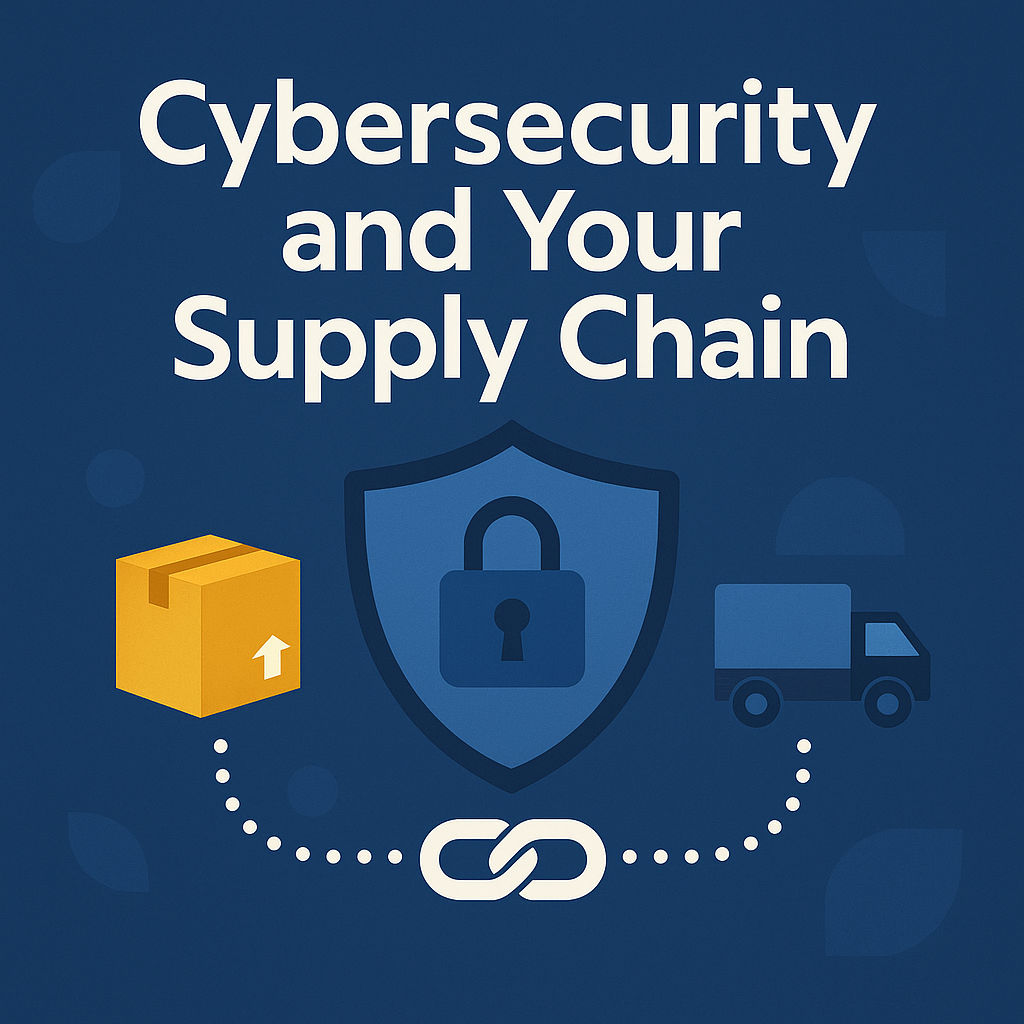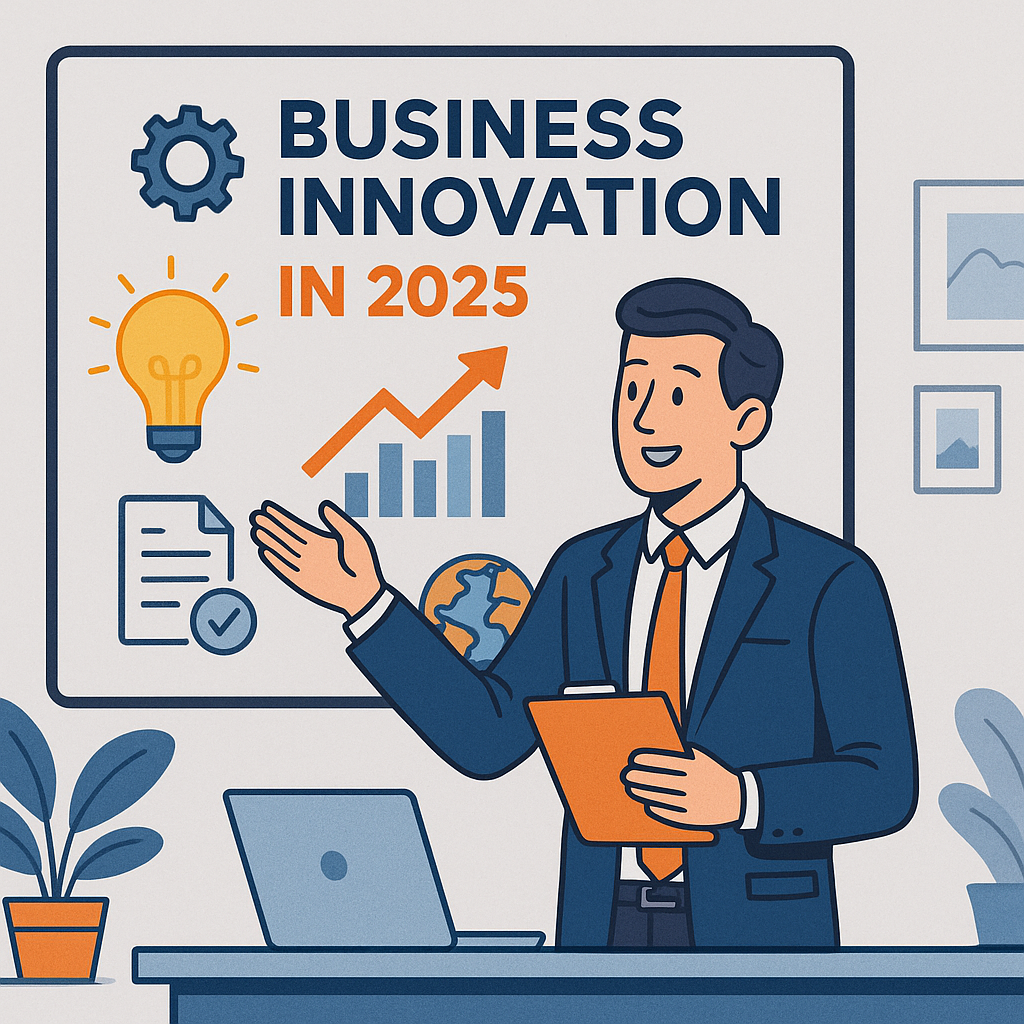Cybersecurity and Your Supply Chain: Why It Matters More Than Ever in 2025
In the digital age, your business is only as secure as the weakest link in your supply chain. As companies become more interconnected through global suppliers, vendors, and logistics platforms, supply chain cybersecurity has become a frontline concern in 2025.
Why Supply Chain Cybersecurity Is a Top Priority
Today’s supply chains are powered by cloud computing, AI-driven logistics, and real-time data sharing across organizations. While this creates efficiencies, it also opens the door to cybersecurity threats—ransomware, data breaches, and nation-state attacks are now targeting not just your systems but your partners’ systems too.
A single compromised vendor can lead to major disruptions, reputational damage, and data loss. Remember the infamous SolarWinds breach? It showed the world how hackers could compromise thousands of clients by infiltrating just one trusted software supplier.
Key Cyber Risks in the Supply Chain
Third-Party Vendor Breaches: Many vendors lack robust security infrastructure, creating easy entry points for attackers.
Software Dependencies: Open-source software and unmanaged APIs often contain unpatched vulnerabilities.
Lack of Visibility: Without end-to-end monitoring, it’s difficult to detect where breaches occur in a complex supply web.
Human Error & Insider Threats: Even with security protocols, a single mistake or insider action can compromise systems.
Building a Secure Supply Chain in 2025
To protect your operations, businesses must adopt a proactive cybersecurity strategy that includes the entire supply chain. Here’s how:
Conduct Risk Assessments: Regularly audit all third-party vendors for cybersecurity practices and compliance.
Zero Trust Architecture: Don’t automatically trust any user or system—always verify before granting access.
Vendor Security Agreements: Include cybersecurity requirements in all contracts with vendors and partners.
Multi-Factor Authentication (MFA): Enforce MFA across all external and internal systems.
Real-Time Monitoring: Use AI-powered threat detection tools to monitor activity across your entire ecosystem.
Compliance and Regulatory Considerations
Governments and industries are taking note. In 2025, frameworks like NIST, ISO 28000, and CMMC have become standard compliance measures for secure supply chain operations. Many companies now face legal obligations to maintain cybersecurity best practices within their networks of vendors and suppliers.
The Bottom Line
Cybersecurity is no longer confined to your company’s firewall. In a world of global connectivity, securing your supply chain is essential for operational resilience and brand trust. Organizations that treat supply chain security as a core business priority—not just an IT concern—will have a strategic advantage moving forward.
Stay ahead of threats. Explore cybersecurity training courses at SkillWarp and empower your team to defend your entire digital ecosystem.




